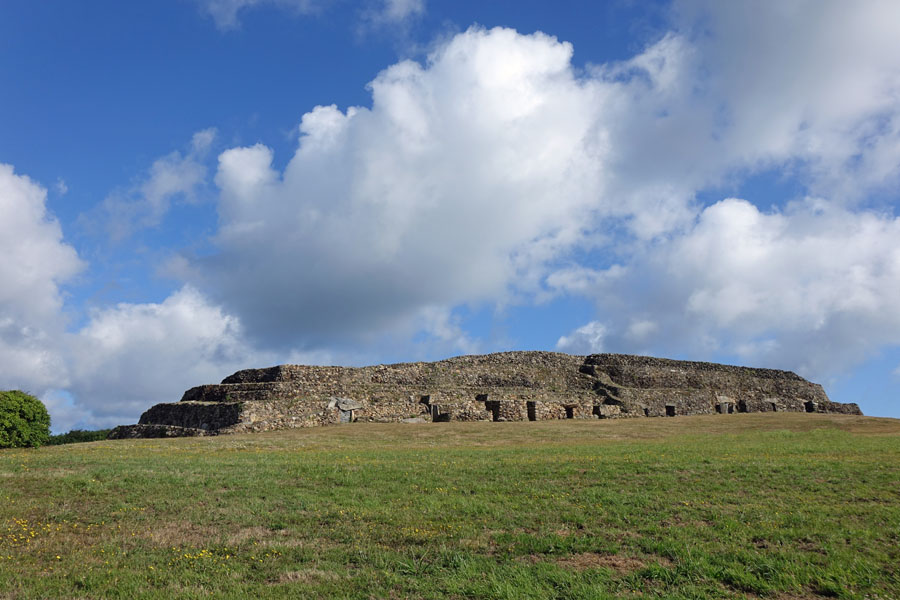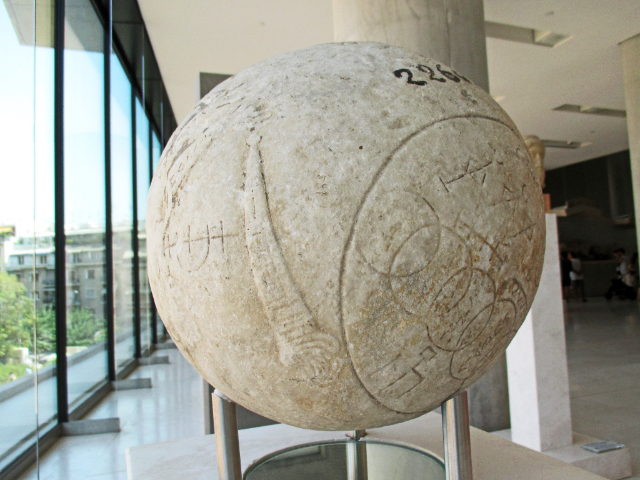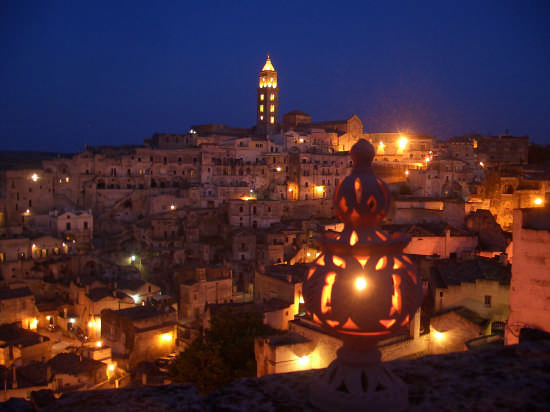Stonehenge is certainly a megalithic site of extreme charm, able to catalyze the attention of the general public thanks to the countless hypotheses, scientific and otherwise, on its real nature.
Stonehenge, however, constitutes a problem of visibility for all the Neolithic archaeological sites present in Europe. Although extraordinary, this megalithic structure is not the oldest known, nor is it the most imposing. The Barnenez Mound, in the peninsula of Kernéléhen, France, is a Neolithic site probably unknown to most but it represents one of the oldest and largest stone structures in the world.Near Brest, the impressive Barnenez Mound dates back to around 4,500 B.C. The structure, in its present observable form, may have taken several centuries to complete. A single cubic meter of stone from the Barnenez Mound weighs about 1,500 kg. According to archaeologists’ estimates, the extraction, modelling, transport and construction of such a large amount of stone required four working days for a single individual (calculating working days of 10 hours).
The original structure has a volume of about 2,000 cubic meters of rock and was built with 1,000 tons of granite and 3,000 tons of diabase; from these data it was assumed that it took from 15,000 to 20,000 working days to erect the monument, translating into 200 workers in activity for about 3 months.The mound is currently 72 meters long, 20 to 25 meters wide and about 9 meters high. The entire structure was built using 13-14,000 tons of rock in the form of relatively small blocks, except for some rooms, in which larger stones were used. The mound is divided into 11 rooms connected by a series of corridors. Some of the interior walls acted as separating walls between the rooms or as load-bearing and stabilizing structures.
During the first construction phase, the mound, consisting mainly of diabase, had a trapezoidal shape 32 metres long, 9 metres wide and 13 metres high; it contained 5 chambers and was surrounded by double paving.
During the second phase, the structure was extended by adding 6 more rooms westwards and surrounding the oldest mound with a wider and taller construction. Many corridors and rooms have engravings depicting arches, axes, snakes or wave-shaped symbols, motifs recurring in other French megalithic sites. One of the engraved stone slabs seems to have been part of a different structure, while other rocks show a stylized representation of what is called "the goddess of the Dolmen" Only three rooms of the most recent mound contained Neolithic finds: pottery, axes of diabase stone, flint blades and lithic arrowheads.













